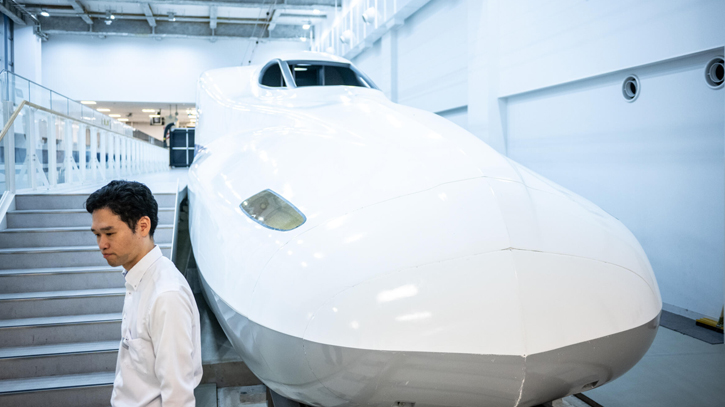
Photo : Collected
Her white-gloved, waistcoated uniform impeccable, 22-year-old Hazuki Okuno boards a bullet train replica to rehearse the strict protocols behind the smooth operation of a Japanese institution turning 60 Tuesday.
High-speed Shinkansen trains began running between Tokyo and Osaka on October 1, 1964, heralding a new era for rail travel as Japan grew into an economic superpower after its World War II defeat.
The service remains integral to the nation's economy and way of life -- so keeping it dazzlingly clean, punctual and accident-free is a serious job.
At a 10-storey, state-of-the-art staff training centre, Okuno shouted from the window and signaled to imaginary colleagues, keeping her cool when a video screen down the platform shows a flailing passenger stuck in a door.
The live-in facility southwest of Tokyo offers what rail operator JR Central describes as an "intense education" for future conductors, drivers and other team members.
"Thank you for riding," Okuno practised saying, bowing deeply after checking the time on her watch.
Each day nearly a quarter of a million passengers ride the Tokaido Shinkansen line, which stretches from Tokyo past Mount Fuji to Hakata around five hours away.
One top-speed Nozomi train arrives up to every five minutes.
JR Central says it has never had an accident resulting in death or injury on the bullet train, even in a country where earthquakes, typhoons and heavy snow are common.
Safety is "our top priority", Daisuke Kumajima, the company's PR officer, told AFP.
So "we take our education and training of our employees very seriously."
This month for the first time, on another line run by the company JR East, two linked bullet trains uncoupled, resulting in an emergency stop but no injuries.
Messenger/Disha








